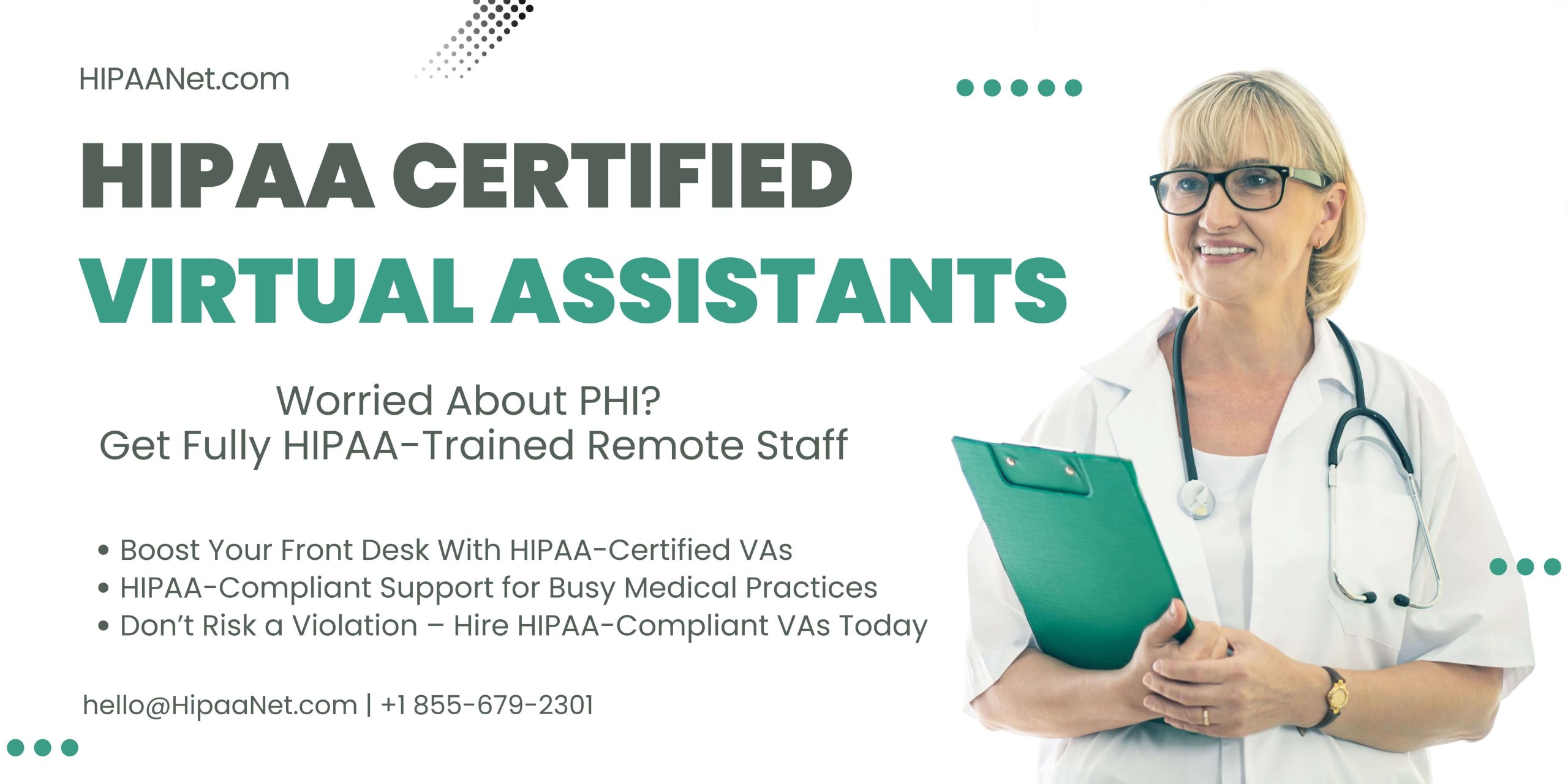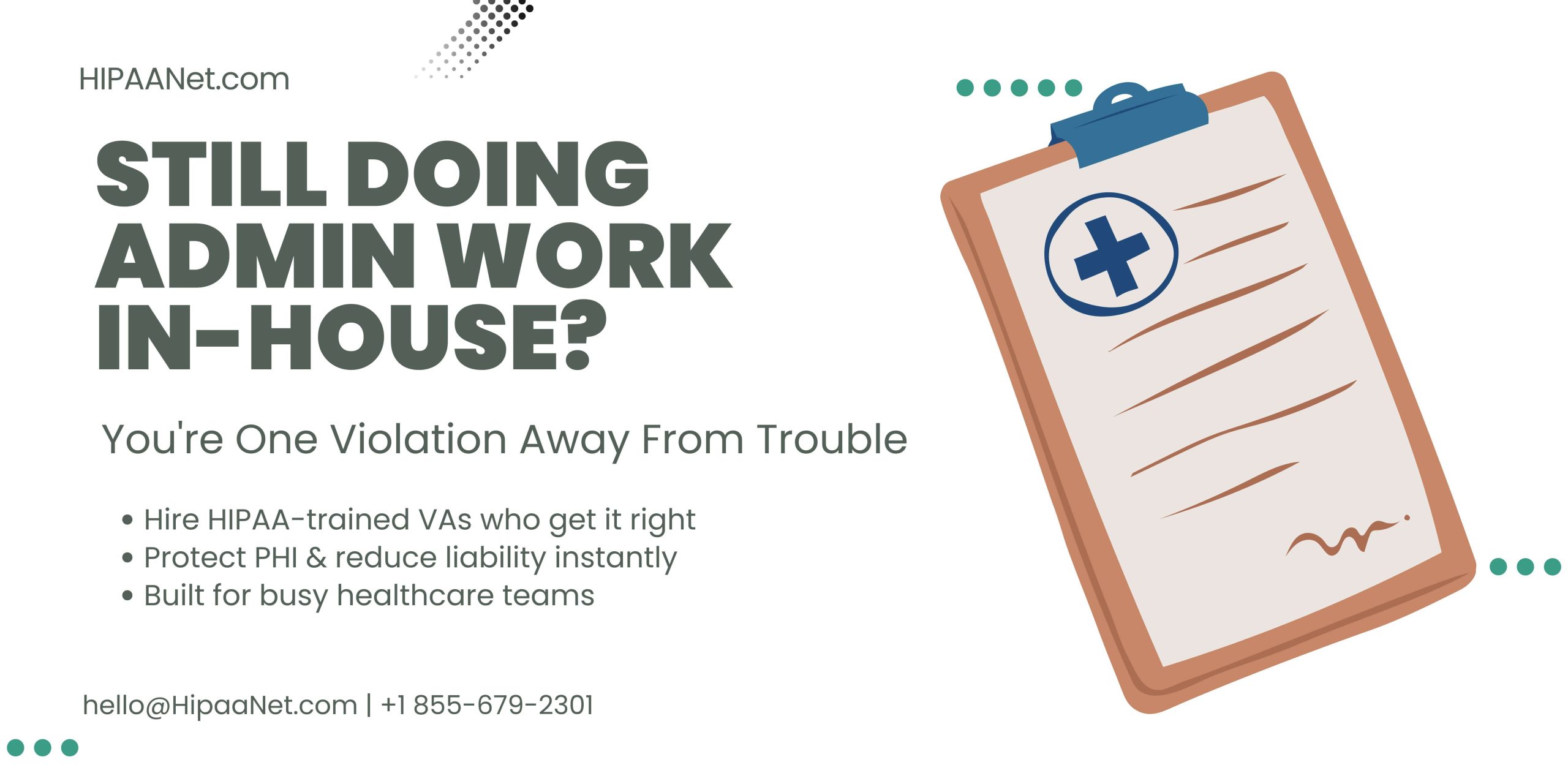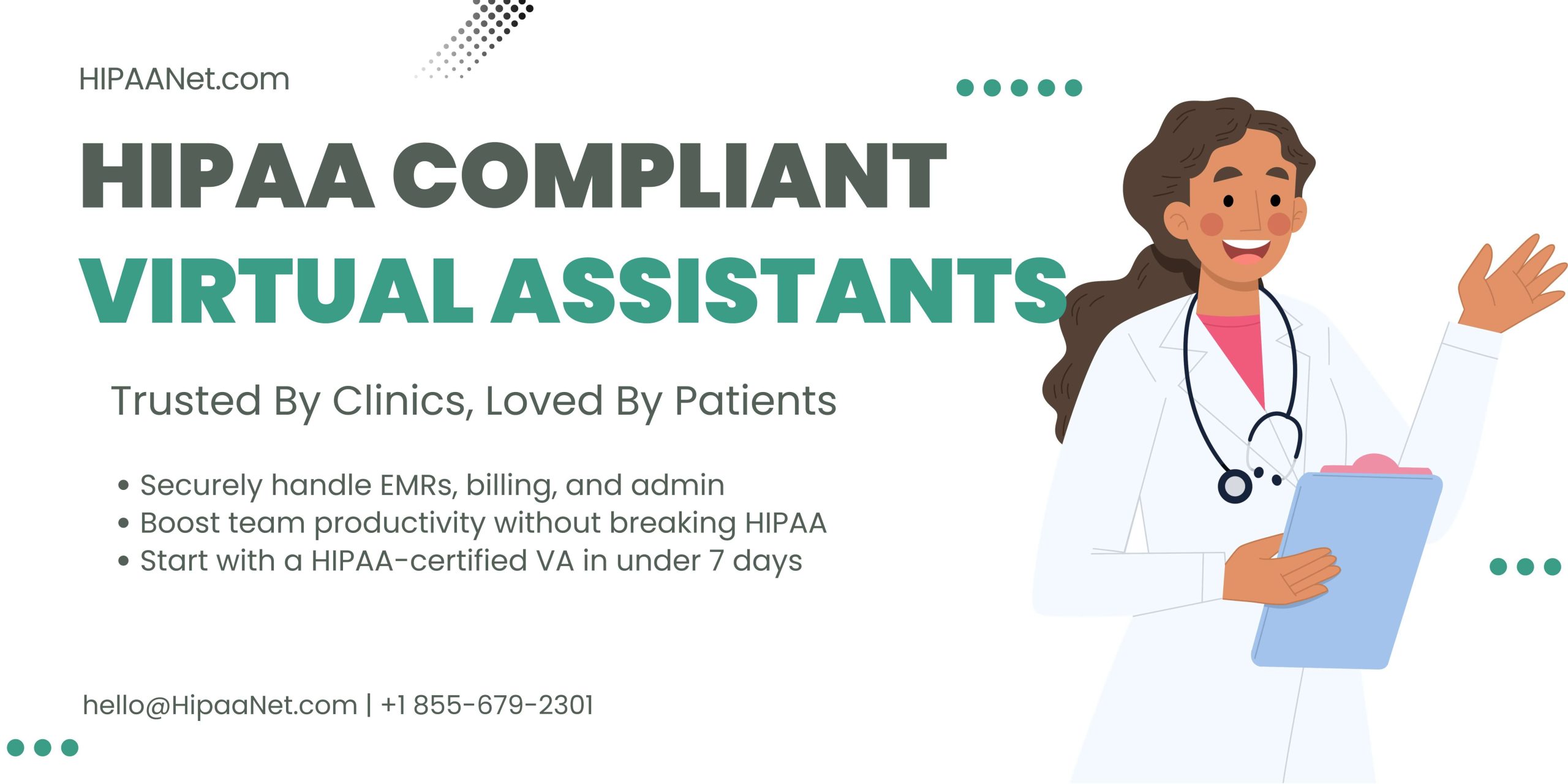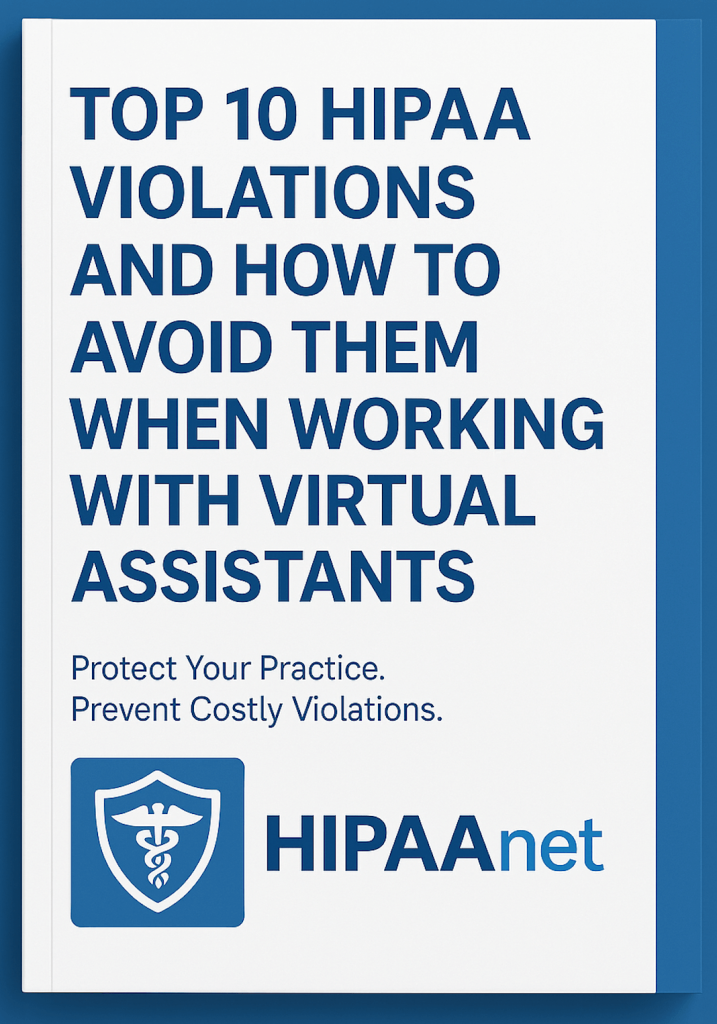Navigating the complexities of Zero Trust Architecture (ZTA) can feel overwhelming. With cyber threats rising by over 40% in the last year alone, organizations face significant risks if they don’t adopt effective Zero Trust Access (ZTA) strategies. A single breach can lead to devastating financial losses and damage your reputation.
Implementing best practices for ZTA isn’t just about compliance; it’s about safeguarding your assets and ensuring operational continuity. Focusing on key areas such as user authentication, network segmentation, and continuous monitoring can significantly enhance your security posture.
With HIPAANet’s expert services, you’ll meet industry standards and protect your organization from evolving threats. Let’s dive into the essential ZTA best practices that can transform your security strategy and keep your data safe.
Overview of ZPA Best Practices
ZPA, or Zero Trust Private Access, focuses on securing users and company resources, regardless of location. Understanding ZPA best practices is crucial for protecting your organization against growing cyber threats. Let’s explore these best practices and why they matter.
1. User Authentication
User authentication is the first line of defense. Verify identity before granting access to sensitive information. Implement multifactor authentication (MFA) to add additional layers of Security. MFA security reduces the chances of unauthorized access. Check out this article on effective MFA strategies for more insights on improving your system’s Security.
2. NetwoSecurityntation
Network segmentation divides the network into smaller, manageable parts. By isolating specific areas, you limit access to essential resources. This practice minimizes the risk of widespread attacks. If a threat breaches one segment, others remain secure. Learn about network segmentation benefits to see how this practice strengthens your defenses.
3. Continuous Monitoring
Continuous monitoring involves tracking user activity and network traffic in real-time. Collecting data allows you to spot unusual behaviors that may signal a security breach. This proactive approach ensures prompt action against threats and the integrity of your data. Investing in tools that facilitate ongoing monitoring proves worthwhile.
4. Regular Updates and Patching
Regular updates and patching of software prevent vulnerabilities from being exploited. Cybercriminals often target unpatched systems—set schedules for software updates to avoid unnecessary risks. Having up-to-date systems provides a robust line of defense against security threats.
5. Clear Access Policies
Clearly defined access policies help you manage who can access what. Establish criteria for access levels based on user roles. Ensure employees understand these policies. By outlining the rules, confusion decreases, and Security improves. Security Encryption
Data encryption protects sensitive information both in transit and at rest. Encrypting data renders it unreadable to unauthorized users. This added security measure is essential for safeguarding confidential information, as it remains secure even if data is intercepted.
7. Endpoint Security
Endpoint security focuses on protecting devices like laptops, smartphones, and tablets. Every device connected to your network is a potential entry point for malware or other threats. Install antivirus software and ensure that devices are regularly scanned for malware and other vulnerabilities.
8. Outsourcing to HIPAANet
Outsourcing to HIPAANet services ensures your organization remains secure and compliant with industry regulations. HIPAANet focuses on implementing best practices tailored to your needs. This ensures you benefit from specialized expertise, saves time, and allows you to allocate resources more effectively.
Why HIPAANet is the Best Choice
HIPAANet offers proven experience in managing ZPA best practices. With a dedicated team, they customize security solutions for various organizations. This tailored approach lets you focus on your core business while ensuring safety and compliance. HIPAANet adds value by guaranteeing that your ZPA strategy is efficient and up to date.
Investing in HIPAANet services builds a strong foundation to protect your organization against evolving cyber threats. Implementing ZPA best practices isn’t just about compliance; it’s vital to safeguarding your assets and maintaining operational integrity. Prioritize Security and entrust SecurityZPA management to HIPAA Net.
ZPA best practices refer to strategies that help you secure user access to company resources while maintaining performance, regardless of location. Following ZPA best practices protects sensitive data, supports compliance, and ensures your organization runs smoothly as cyber threats become more prevalent. Implementing ZPA best practices is essential for organizational Security and operational continuity.
Importance of ZPA Best Practices
Understanding the importance of ZPA best practices is essential. You face rising cyber threats that aim to access your sensitive data. Last year, a 40% increase in cyber attacks highlighted the need for effective security measures. Adopting ZPA best practices ensures you safeguard valuable assets against unauthorized access.
Outsourcing to HIPAANet simplifies the implementation of ZPA best practices. HPAANet specializes in managing security protocols, allowing you to focus on your organization’s core business. With their expert services, you can enhance your security posture and maintain compliance with industry regulations.
Learn more about safeguarding your data here.
2. Enhancing Security
Enhancing Security is a core security best practice of ZPA. Effective user authentication, such as multifactor authentication (MFA), can verify identities and stop unauthorized access. Additionally, network segmentation improves Security by dividing the network into smaller sections, which limits access and reduces potential attack vectors.
Regular software updates and patching ensure that vulnerabilities are addressed in real-time. You must maintain up-to-date systems to prevent hackers from exploiting your infrastructure. Data encryption also plays a significant role in securing sensitive information, making it unreadable to unauthorized users.
If Security is a challenge, consider outsourcing to HIPAA Net. Their expertise efficiently addresses your security posture, keeping your data safe while you focus on growth and innovation.
For more information on enhancing security measures, check out this valuable resource: Zero Trust Security Explained.
3. ImprovingPerformancee
Improving performance is another crucial aspect of ZPA best practices. Implementing clear access policies assigns defined access levels based on user roles, which minimizes confusion and enhances efficiency. This structure optimizes resource allocation, making it easier for users to access the necessary tools.
Continuous user activity monitoring provides real-time insights into network traffic, allowing for the identification of unusual behaviors. Anomalies may signal potential threats, enabling your security team to react swiftly and appropriately.
Furthermore, endpoint security mitigates risks related to devices connected to your network. By securing endpoints, you significantly reduce points of entry for potential attacks.
Outsourcing to HIPAANet guarantees that your organization meets performance standards without overwhelming your internal resources. Their specialized services align with your security protocols, ensuring efficient operations and firm performance.
By prioritizing ZPA best practices, your organization maintains security and security Performance. The long-term benefits include a credible reputation, client trust, and improved operational continuity.
Review this article for tips on improving performance: Performance Optimization Tips.
Maintaining ZPA best practices strengthens your organization against cyber threats while enhancing Security and performance. By working with HIPAANet, you integrate effective strategies into your operations, providing safer access to essential resources.
Key ZPA Best Practices
Zero Trust Architecture, also known as ZTA, is a security approach that helps protect organizations from cyber threats. Instead of trusting everyone inside a network, ZTA assumes that threats can come from anywhere, both inside and outside. This method involves constantly verifying users and devices before granting access to essential resources. As threats increase, especially with cyberattacks rising by over 40%, ZTA becomes crucial in keeping sensitive data safe and ensuring operations run smoothly.
- Understanding User Access Management
User access management is central to ZTA. It controls who can access what within your organization. Making sure only the right people have access helps protect your important information. For example, using multifactor authentication (MFA) adds an extra layer of Security. This means that, in addition to a password, users must verify their identities through another method, such as a text message or an app.
You can learn more about user access management here.
- The Importance of Monitoring and Logging
Monitoring and logging keep track of all network activities. This process helps spot any unusual actions that could indicate a security breach. For instance, if someone accesses sensitive data they wouldn’t normally touch, it could mean something isn’t right. Continuous monitoring allows you to catch these issues quickly, reducing possible damage.
To explore better monitoring strategies, check out this article here.
- Configuring the Network Properly
Network configuration is crucial for ZTA. Dividing your network into smaller sections, or segments, can help limit access and control traffic flow. This approach prevents attackers from moving freely across your network if they get in. Customizing firewall rules and implementing strict access policies is also necessary to protect your valuable data.
When implementing ZTA, you may face challenges such as managing all these controls effectively or integrating new solutions into existing systems. Ignoring these practices can lead to serious data breaches or compliance issues, which can harm your business reputation and operations.
That’s where HIPAA Net comes in. They specialize in ZTA and can help you establish best practices. By outsourcing to HIPAANet, you gain professional insight without needing to manage everything in-house. This lets your team focus on core activities, ensuring that experts handle your security strategy. Choosing HIPAANet for your ZTA needs is not just about compliance but proactive protection against evolving threats.
With the proper support and strategy, protecting your organization becomes more manageable. Prioritizing ZTA practices secures your data and enhances trust with clients and partners. Adopting ZTA makes your operations efficient and positions you as a leader in safeguarding sensitive information against cyber threats. It simplifies the complex landscape of cybersecurity, making ZTA management straightforward.
Staying ahead of cyber risks is critical. With help from HIPAANet, ensure user access management, robust monitoring, and proper network configuration. Their expertise means you’re not just keeping up with current threats but setting a standard for organizational Security. By focusing on SecurityTA, you fortify your defenses, enhance operational efficiency, and effectively safeguard your assets.
Common Pitfalls in ZPA Implementation
Implementing Zero Trust Private Access (ZPA) involves navigating several potential pitfalls that can undermine security efforts. Understanding these common pitfalls helps ensure the effective deployment of ZPA.
Insufficient User Authentication
User authentication requires thorough planning. Relying solely on single-factor authentication increases vulnerability. This weakens access control, exposing sensitive data.
Neglecting Network Segmentation
Network segmentation is crucial in limiting access, and failing to appropriately segment networks can allow unauthorized users to navigate freely. Such oversight raises security risks significantly.
Inadequate Continuous Monitoring
Continuous monitoring provides real-time insights into user activities. Skipping this step can result in missed security incidents. Without adequate monitoring, abnormal behaviors remain undetected.
Outdated Software and Lack of Patching
Regular updates prevent vulnerabilities from being exploited. Ignoring software updates results in outdated defenses. This negligence creates entry points for cyber threats.
Ambiguous Access Policies
Clear access policies streamline user access across the organization. Ambiguity breeds confusion and miscommunication, which can lead to unauthorized access to sensitive areas.
Poor Data Encryption Practices
Data encryption protects sensitive information from prying eyes. If encryption practices are poor, data becomes an easy target for attackers. This negligence can have serious repercussions for an organization.
Overlooking Endpoint Security
Endpoint security safeguards devices connected to the network. Ignoring this aspect can allow entry points for threats through unsecured devices. It’s vital to secure every endpoint to prevent attacks.
Insufficient Training and Awareness
Training employees on ZPA protocols enhances Security. A lack of security can create human errors that lead to security breaches. Regular training programs raise overall security awareness.
Ignoring Vendor Support
Relying on vendor support provides additional resources for effective ZPA implementation. Ignoring this can leave critical areas unsupported, increasing risks. Use vendor resources to fill gaps in expertise.
Not Considering Outsourcing
Outsourcing to trusted experts like HIPAANet can streamline the ZPA process. By utilizing HHIPAA Net’s expertise, organizations gain access to specialized knowledge and support. This choice allows for maintaining focus on core business activities without sacrificing Security.
DirectioSecuritysults
Avoiding these common pitfalls ensures effective ZPA implementation. Proactive measures lead to better security management, and proper frameworks mitigate risks associated with unauthorized access.
Implementing strong defenses allows organizations to protect valuable assets and maintain operational integrity. HIPAANet’s services help navigate these complexities and provide continuous support. Engaging HIPAANet ensures access to experienced professionals dedicated to enhancing Security and compliance. Explore ZPA best practices through these resources: Cybersecurity Trends 2024 and Zero Trust Architecture Overview.
Conclusion
Embracing ZPA best practices is vital for your organization’s security strategy. Focusing on user authentication, network segmentation, and continuous monitoring can significantly reduce the risk of cyber threats. Regular updates, clear access policies, and effective data encryption further enhance defenses.
Avoiding pitfalls like inadequate training and neglecting endpoint security is essential for maintaining a robust security posture. With HIPAANet’s expertise, you can streamline your ZPA implementation, ensure compliance, and safeguard sensitive information.
Prioritizing these practices protects your assets and builds trust with clients and partners. Stay proactive in your approach to cybersecurity and position your organization as a leader in security excellence.
Frequently Asked Questions
What is Zero Trust Architecture (ZTA)?
Zero Trust Architecture (ZTA) is a cybersecurity strategy that assumes no user or system, inside or outside the network, should be trusted by default. Access is granted based on strict identity verification and continuous monitoring to protect organizational assets from rising cyber threats.
Why is ZTA necessary now?
With a 40% rise in cyber threats over the past year, ZTA is critical. It helps organizations protect sensitive data, ensure operational continuity, and mitigate risks associated with evolving cyber threats, while also meeting compliance requirements.
What are the key components of ZTA?
Key components of ZTA include user authentication, network segmentation, continuous monitoring, and access control. These elements enhance Security by ensuring only authorized users can access specific resources, which are monitored continuously for suspicious activity.
How does Zero Trust Private Access (ZPA) enhance Security?
ZPA enhances Security by implementing multifactor authentication, regular software updates, and strict access policies. This approach protects user access to company resources and ensures data is secured, regardless of the user’s location.
What are common pitfalls in ZPA implementation?
Common pitfalls in ZPA implementation include insufficient user authentication, neglecting network segmentation, inadequate monitoring, outdated software, vague access policies, and poor data encryption practices. Avoiding these issues can significantly improve an organization’s security posture.
How can organizations ensure the successful implementation of ZTA?
Organizations can ensure successful ZTA implementation by following best practices such as regular updates and patching, continuous monitoring, and creating clear access policies. Consulting experts like HIPAANet can provide valuable support for effective management and compliance.
How does HIPAANet support organizations in ZTA?
HIPAANet offers expert services to help organizations implement ZTA best practices effectively. Their services facilitate compliance and guide organizations to focus on their core business activities while staying secure.
What role does user access management play in ZTA?
User access management is crucial in ZTA as it controls who can access specific resources within an organization. Proper management ensures that only authorized users have access, minimizing risks associated with unauthorized access and potential data breaches.












